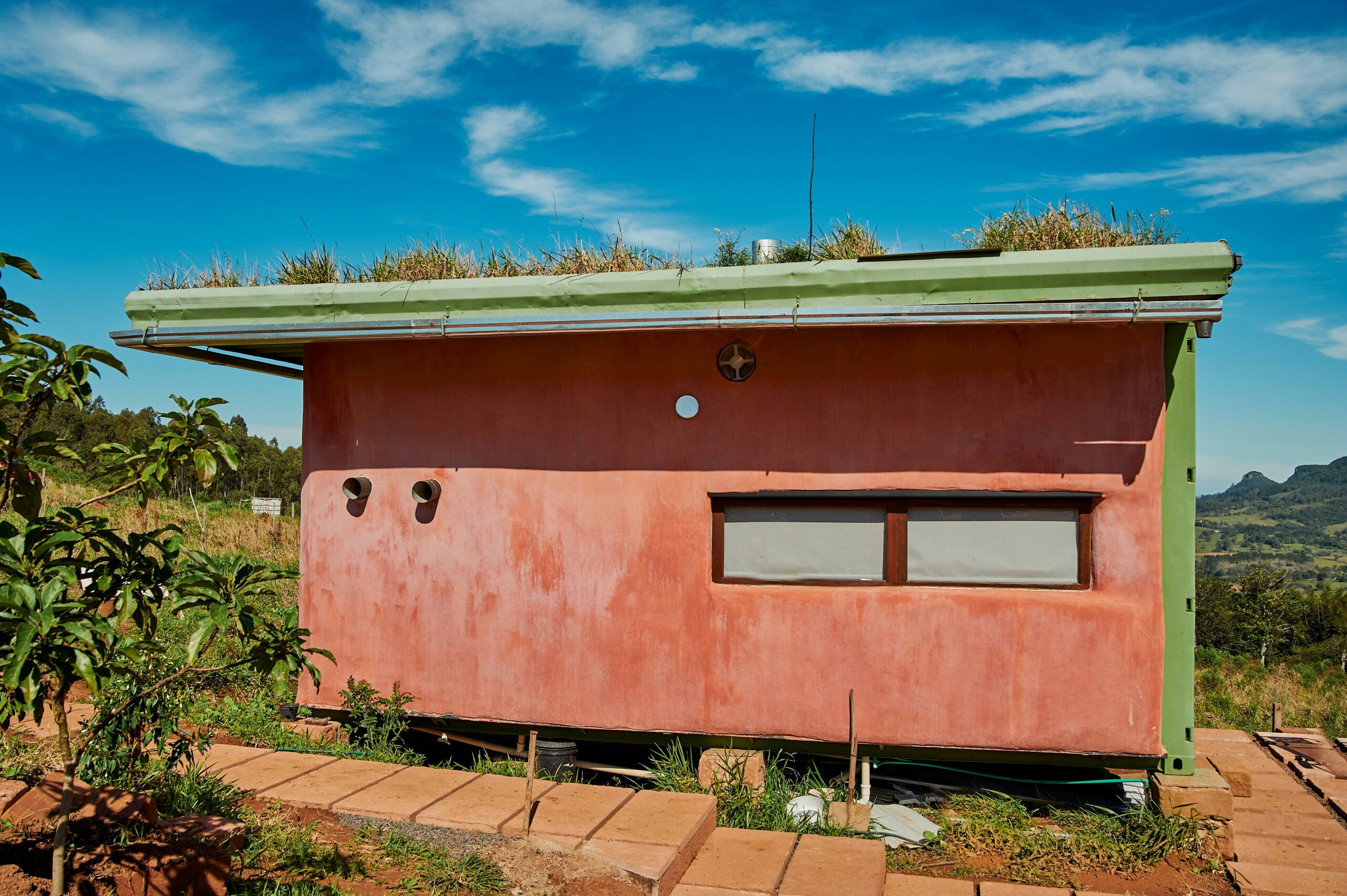
In today’s world, the importance of sustainability and eco-friendliness cannot be overstated, especially in the construction industry. With growing concerns over environmental impacts, construction companies are increasingly turning to sustainable construction practices to ensure that their projects are both efficient and environmentally responsible. These eco-friendly construction methods not only contribute to environmental protection but also help in reducing long-term operational costs. This article examines key achievements in sustainable and eco-friendly construction and their impact on shaping the future of the built environment.
Revolutionizing Building Materials for Sustainability
One of the most significant advancements in sustainable construction is the development and use of eco-friendly building materials. Traditional construction materials, including concrete and steel, significantly contribute to carbon emissions. However, today’s industry leaders are shifting toward green building materials that have a minimal environmental footprint.
Materials like recycled steel, bamboo, and hempcrete are gaining popularity due to their renewable nature and lower carbon emissions compared to conventional materials. These materials not only provide a more sustainable alternative but also offer excellent durability and performance. For example, bamboo is a fast-growing, renewable resource that is stronger than many traditional woods and is being increasingly used in flooring, furniture, and structural elements.
Similarly, sustainable design incorporates the use of eco-friendly construction materials such as reclaimed wood, recycled glass, and low-emission insulation. These choices reduce waste, lower energy usage, and help preserve natural resources, making them a critical part of any modern construction project.
Energy-Efficient Building Practices
Another area where sustainable construction is making a significant impact is in energy-efficient building practices. Green buildings are designed to minimize energy consumption while maintaining comfort and functionality for occupants. The integration of energy-efficient systems not only helps reduce operational costs but also lowers the building’s overall carbon footprint.
Popular energy-saving technologies include solar panels, energy-efficient windows, and advanced heating, ventilation, and air conditioning (HVAC) systems. Eco-friendly construction also employs passive design to maximize natural light and ventilation, thereby reducing the need for artificial heating and cooling.
Intelligent building systems are also playing a key role in improving energy efficiency. These systems automatically adjust lighting, temperature, and other environmental controls based on the building’s usage and weather conditions, further reducing energy waste.
Green Roofs and Vertical Gardens
Urban areas are witnessing a surge in green roofs and vertical gardens as part of sustainable construction practices. These green spaces not only help reduce the heat island effect but also promote better air quality and biodiversity in cities. Green roofs, which are covered with vegetation, help insulate buildings, reducing energy costs by keeping buildings cooler in the summer and warmer in the winter.
In addition to energy savings, these installations help manage stormwater runoff by absorbing rainwater, reducing the burden on urban drainage systems. Vertical gardens, which transform building facades into living green spaces, provide similar benefits while enhancing the aesthetic appeal of buildings.
Waste Reduction and Recycling in Construction
Construction waste is a significant problem, with large amounts of materials often being discarded after projects are completed. Sustainable construction practices prioritize waste reduction and recycling to minimize their environmental impact. Many companies now adopt strategies such as reusing materials and incorporating leftover materials from previous projects into new constructions.
Additionally, eco-friendly construction projects increasingly implement on-site waste sorting and recycling systems, ensuring proper recycling of materials such as metal, wood, and plastic.. This practice not only reduces the amount of waste that ends up in landfills but also conserves resources, contributing to a circular economy in the construction sector.
Sustainable Urban Planning and Design
Sustainable construction isn’t limited to individual buildings; it extends to the entire urban planning process. Eco-friendly construction fosters the development of whole communities and neighborhoods that are energy-efficient, well-connected, and designed with environmental considerations in mind.
This approach involves creating green spaces, promoting public transportation, and utilizing sustainable construction techniques for infrastructure, such as roads, water systems, and sewage networks. Sustainable urban design also emphasizes the creation of walkable areas that reduce the reliance on cars, promoting healthier lifestyles and reducing carbon emissions.
Smart Water Management
Water conservation is another crucial aspect of eco-friendly construction. With the growing strain on water resources, it is essential to incorporate water-saving systems into buildings and construction projects. Low-flow fixtures, rainwater harvesting systems, and water-efficient landscaping are just a few of the ways buildings are reducing their water usage.
In addition to helping conserve water, these systems also lower operational costs for building owners. By using rainwater for irrigation or flushing toilets, buildings can reduce their reliance on municipal water systems, resulting in lower water bills and a reduced environmental impact.
The Future of Sustainable and Eco-Friendly Construction
As technology continues to advance, so too does the potential for more sustainable and eco-friendly construction methods. The construction industry is already adopting innovative technologies, such as artificial intelligence (AI) and machine learning, to optimize building designs and enhance resource management.
Moreover, governments worldwide are implementing stricter regulations around energy efficiency and sustainability, driving the industry toward greener solutions. Builders and developers are increasingly striving to meet sustainability certifications, such as LEED and BREEAM, in some cases, making it a requirement. Environmental Assessment Method).
The future of construction is green, with sustainable practices helping to mitigate the environmental impacts of urbanization. As the world faces climate change, energy consumption, and resource depletion, demand for eco-friendly construction will grow.
Sustainable construction and eco-friendly construction are not just trends but necessary advancements for creating a better future. From energy-efficient technologies to waste reduction and the use of sustainable materials. These practices are revolutionizing the way buildings are constructed. As the industry continues to evolve, the achievements of today’s sustainable and eco-friendly construction projects lay the groundwork for a more environmentally conscious and resilient built environment in the future.